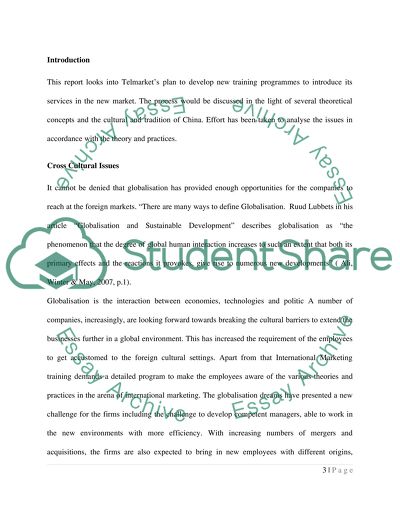Cite this document
(“ISM Essay Example | Topics and Well Written Essays - 2000 words”, n.d.)
Retrieved from https://studentshare.org/environmental-studies/1404733-ism
Retrieved from https://studentshare.org/environmental-studies/1404733-ism
(ISM Essay Example | Topics and Well Written Essays - 2000 Words)
https://studentshare.org/environmental-studies/1404733-ism.
https://studentshare.org/environmental-studies/1404733-ism.
“ISM Essay Example | Topics and Well Written Essays - 2000 Words”, n.d. https://studentshare.org/environmental-studies/1404733-ism.


